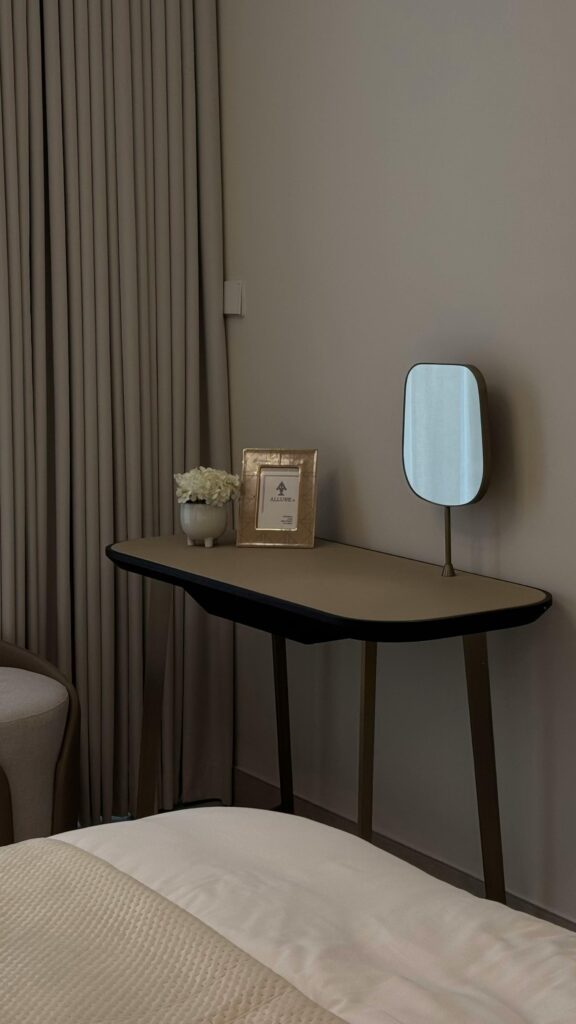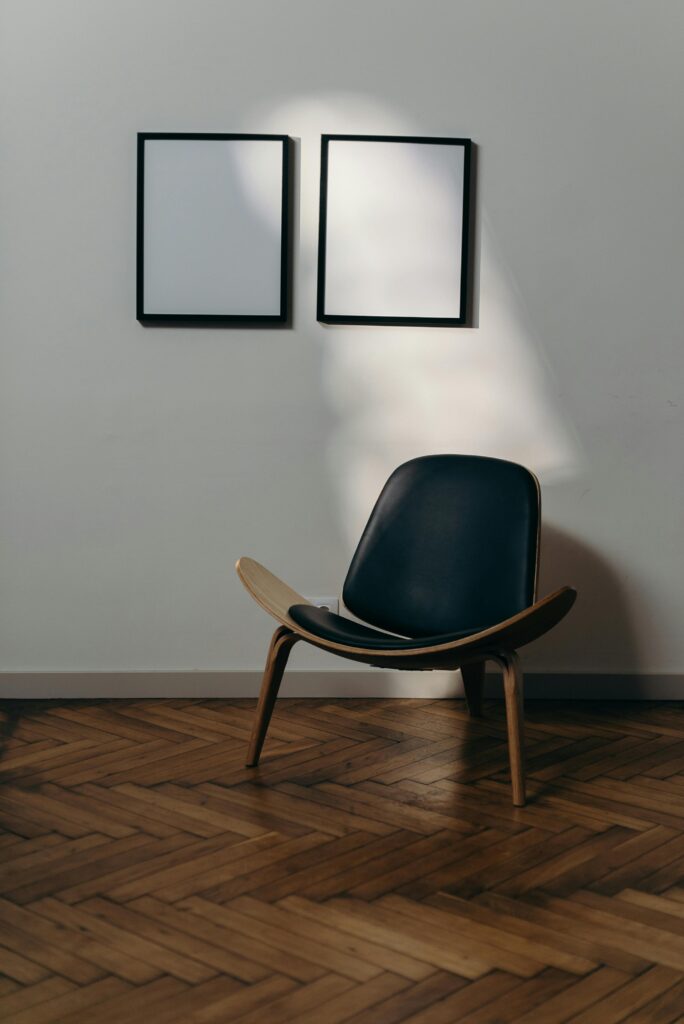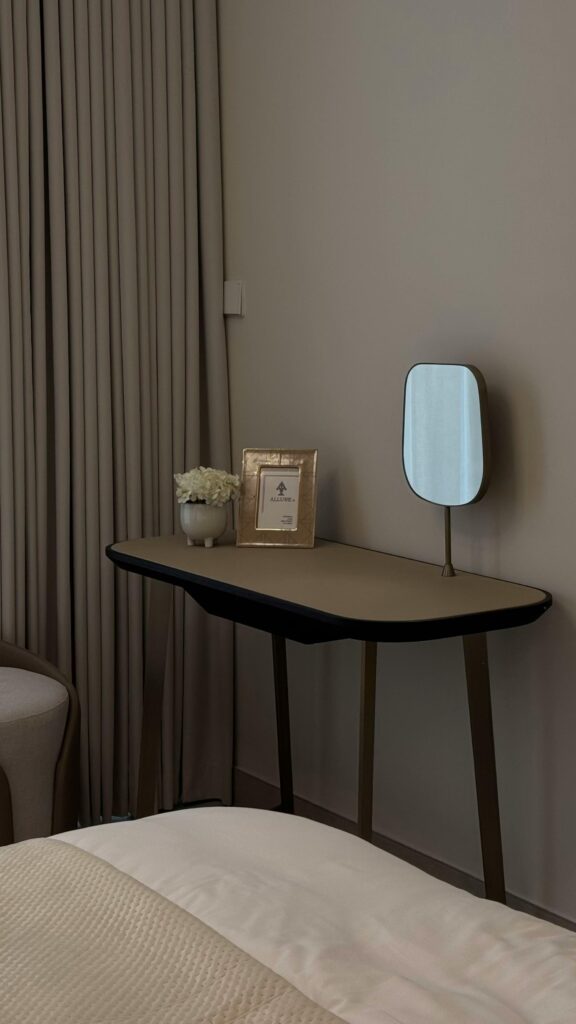Dubai’s luxury retail landscape is experiencing a seismic shift in 2025, where traditional shopping experiences are being replaced by immersive brand journeys that blur the lines between commerce, art, and technology. The emirate’s high-end boutiques and flagship stores are no longer just places to purchase products—they have become destinations where customers embark on carefully orchestrated sensory adventures designed by premier commercial interior specialists who understand that today’s affluent consumers crave experiences, not just transactions.
This transformation represents more than aesthetic evolution; it reflects a fundamental reimagining of how luxury retail spaces can create emotional connections with discerning customers. As global luxury brands compete for the attention of Dubai’s sophisticated clientele, the interior design of these spaces has become the ultimate differentiator, determining whether a store becomes a destination or merely another shopping stop.

This Photo was taken by Surya Ganesh.
The psychology behind revolutionary shopping experiences
Understanding the mindset of luxury consumers in Dubai requires delving into the psychology of experiential retail. Today’s high-net-worth individuals, who form the backbone of Dubai’s luxury market, are seeking authenticity, exclusivity, and memorable moments that extend far beyond the transaction itself. Commercial interior specialists have recognized that successful luxury retail design must tap into emotional triggers that create lasting impressions.
Research from the Dubai Chamber of Commerce indicates that 78% of luxury shoppers in the emirate make purchasing decisions based on the overall experience rather than product features alone. This statistic has revolutionized how interior designers approach flagship store layouts, incorporating elements that engage multiple senses simultaneously.
The most successful luxury retail interiors in Dubai now function as theatrical stages where customers become the protagonists of their own shopping narratives. These spaces employ sophisticated lighting systems that adjust throughout the day, soundscapes that evolve based on customer demographics, and interactive elements that respond to individual preferences and shopping patterns.
Neurological responses to luxury environments
Premier commercial interior specialists are increasingly incorporating findings from environmental psychology and neuroscience into their designs. Studies show that specific color temperatures, spatial proportions, and material textures can trigger neurological responses associated with pleasure, trust, and desire—emotions that directly correlate with purchasing behavior in luxury retail environments.
The strategic use of natural materials like Carrara marble, aged brass fixtures, and hand-woven textiles creates what psychologists call “haptic luxury”—the subconscious association between tactile quality and product value. Dubai’s most successful flagship stores leverage these principles to create environments where customers instinctively perceive higher value in the merchandise.
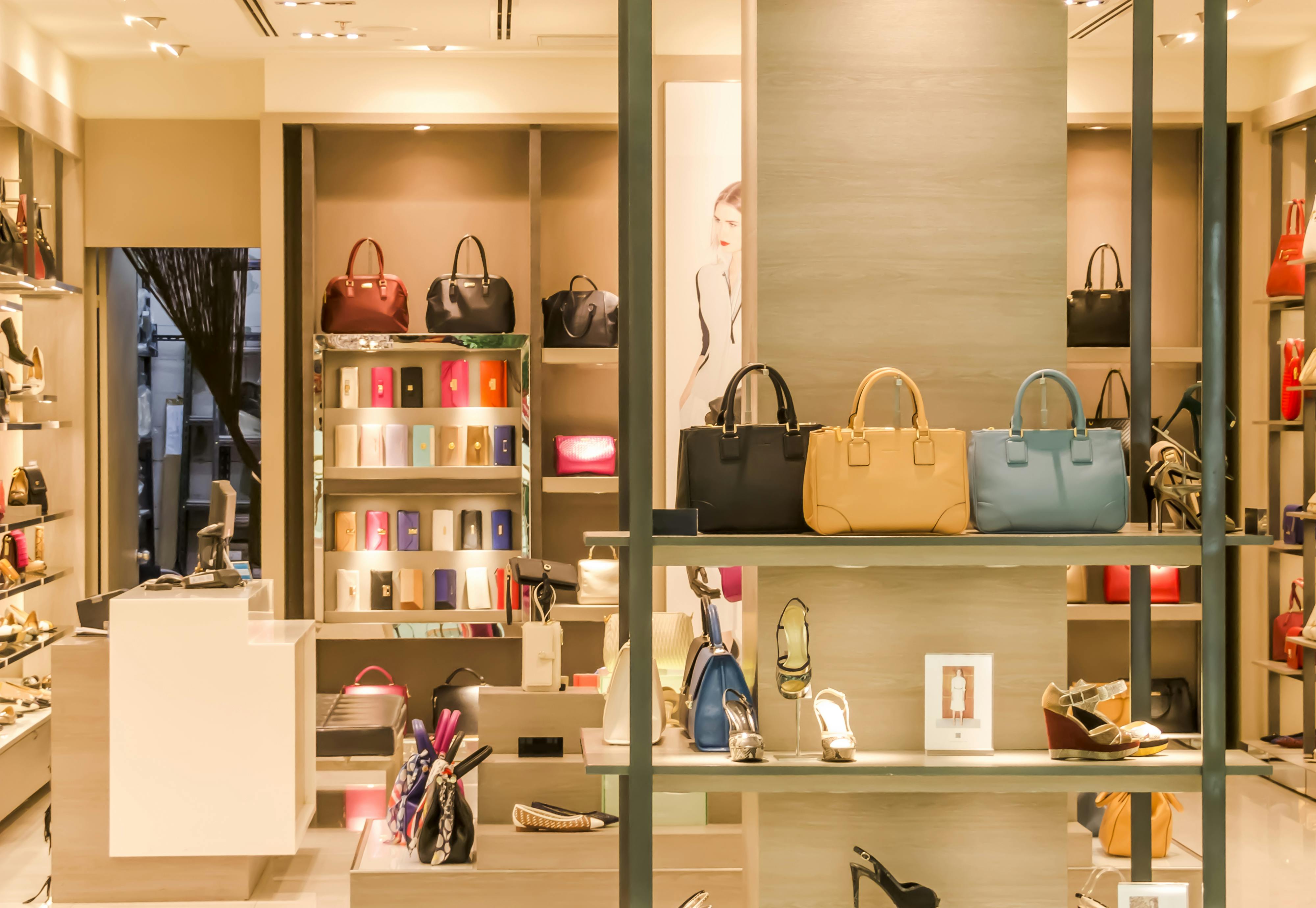
This Photo was taken by shattha pilabut.
Technology integration redefining retail spaces
The integration of cutting-edge technology in Dubai’s luxury retail interiors has moved beyond simple digital displays to create truly immersive experiences that feel seamless and intuitive. Smart glass installations that transform from transparent to opaque create private consultation spaces on demand, while augmented reality mirrors allow customers to visualize products in different contexts without physically handling merchandise.
Artificial intelligence-powered environmental controls now adjust lighting, temperature, and even subtle fragrance levels based on customer preferences detected through mobile app integration or biometric sensors. These systems learn and adapt, creating personalized environments that make each visit feel uniquely tailored to individual shoppers.
| Technology Integration | Implementation Rate in Dubai Luxury Retail (2025) | Customer Satisfaction Impact |
|---|---|---|
| AI-Powered Environmental Controls | 67% | +34% satisfaction scores |
| Augmented Reality Fitting Systems | 52% | +28% conversion rates |
| Smart Glass Privacy Solutions | 41% | +45% time spent in-store |
| Biometric Preference Detection | 33% | +56% repeat visits |
Invisible technology integration
The most sophisticated luxury retail interiors in Dubai achieve their technological prowess through invisibility. Wireless charging zones are embedded seamlessly into seating areas, while projection mapping creates dynamic wall displays that appear to be architectural features rather than digital screens. This approach maintains the aesthetic integrity that luxury customers expect while providing the convenience and personalization that modern shopping demands.
Voice-activated assistance systems, discretely integrated into the store’s audio infrastructure, allow customers to request information or services without interrupting their browsing experience. These systems, trained on local dialects and cultural preferences, can communicate in Arabic, English, and other languages commonly spoken by Dubai’s international clientele.
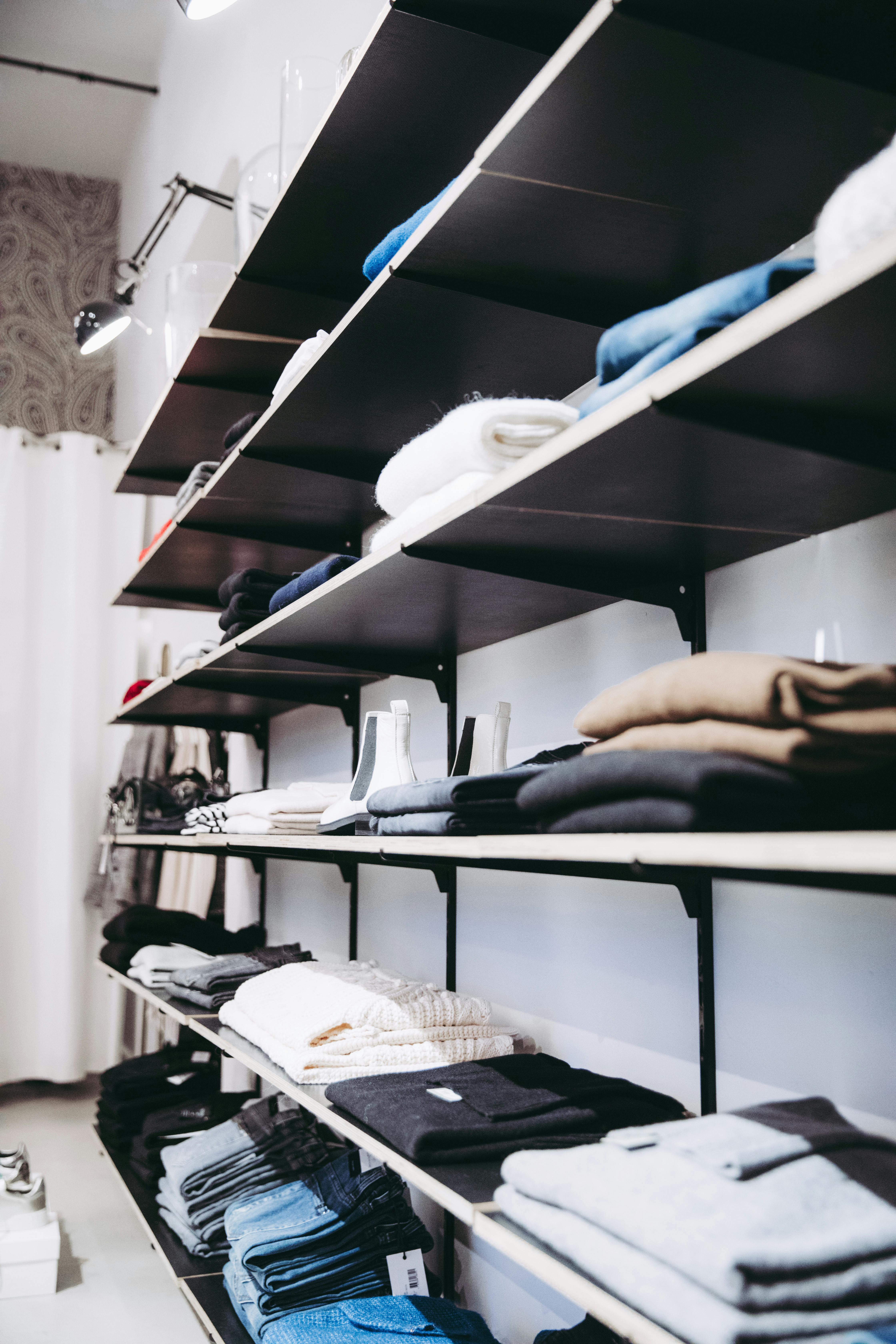
This Photo was taken by Tembela Bohle.
Sustainable luxury and conscious consumption
The luxury retail market in Dubai has embraced sustainability not as a compromise to opulence, but as its newest expression. Premier commercial interior specialists are incorporating sustainable materials and practices that align with the growing environmental consciousness of luxury consumers, particularly the younger demographic that increasingly drives high-end purchasing decisions.
Reclaimed materials are being transformed into stunning design elements that tell stories of craftsmanship and heritage. Ancient wood from deconstructed traditional Emirati buildings finds new life as feature walls, while recycled metals are crafted into custom fixtures that celebrate both innovation and tradition. These elements add narrative depth to retail spaces, giving customers stories to share about their shopping experiences.
Energy-efficient systems are seamlessly integrated into store designs, with solar panels disguised as architectural elements and advanced HVAC systems that maintain perfect climate control while minimizing environmental impact. LED lighting systems, programmed to mimic natural daylight patterns, not only reduce energy consumption but also create more flattering environments for both customers and merchandise.
Circular design principles in practice
Forward-thinking luxury retailers in Dubai are adopting circular design principles where store fixtures and displays can be easily reconfigured, repurposed, or recycled. Modular display systems allow for frequent layout changes without waste, while digital signage eliminates the need for printed materials that quickly become obsolete.
This approach resonates particularly well with Dubai’s international customer base, many of whom come from markets where environmental responsibility is increasingly linked to luxury brand perception. The integration of sustainability metrics into store design has become a competitive advantage that appeals to conscious consumers without compromising the premium experience they expect.
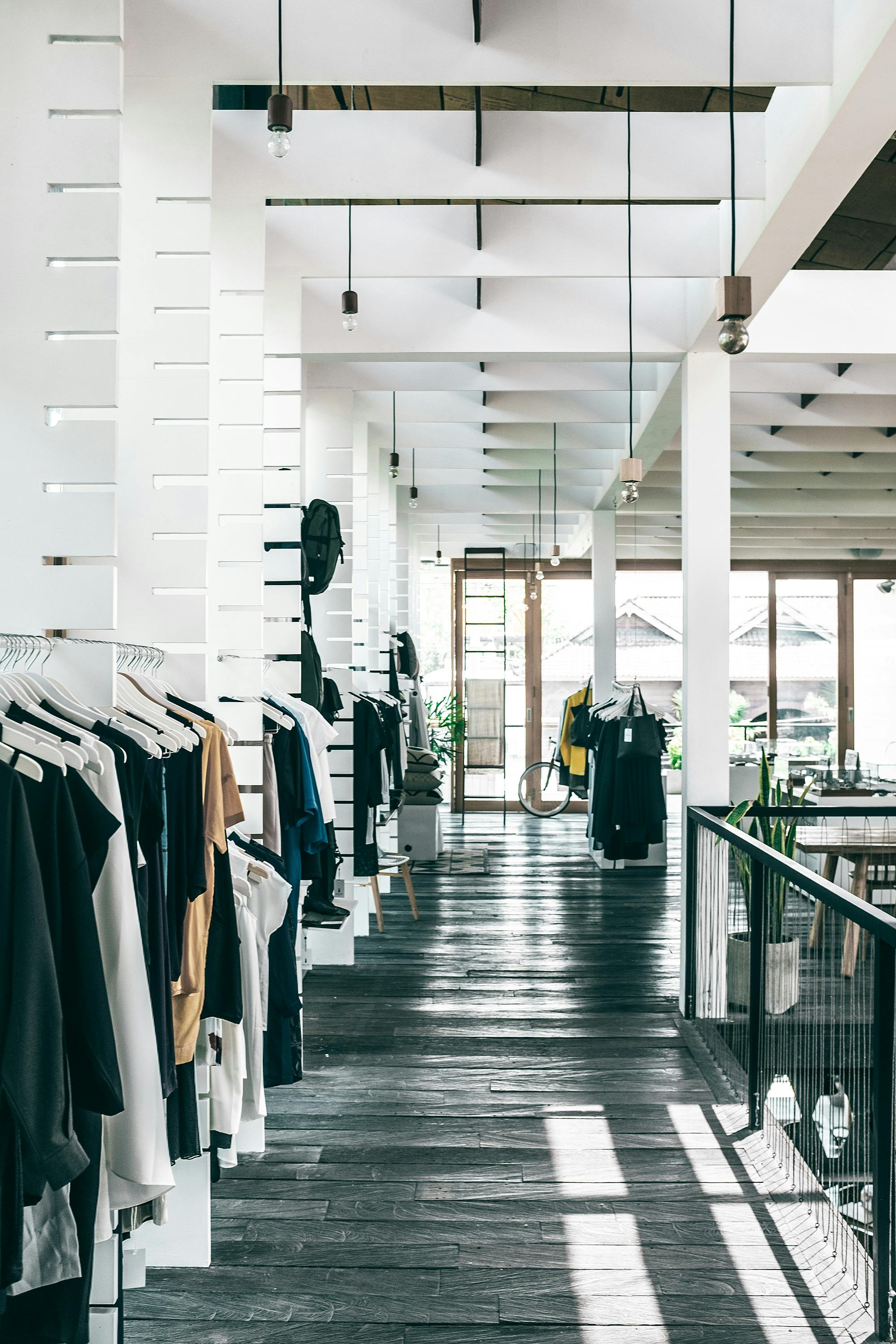
This Photo was taken by Maria Orlova.
Cultural sensitivity and local identity
The most successful luxury retail interiors in Dubai achieve a delicate balance between international luxury standards and local cultural sensitivities. Premier commercial interior specialists understand that while Dubai attracts a global clientele, respecting Emirati culture and Islamic design principles creates authenticity that resonates with both local and international customers.
Traditional Islamic geometric patterns are reinterpreted through contemporary materials and lighting techniques, creating spaces that feel both timeless and thoroughly modern. Architectural elements inspired by traditional Arabic design—such as mashrabiya screens and courtyard-style layouts—are incorporated in ways that enhance privacy and comfort while maintaining the open, welcoming atmosphere that luxury retail demands.
Color palettes often draw
